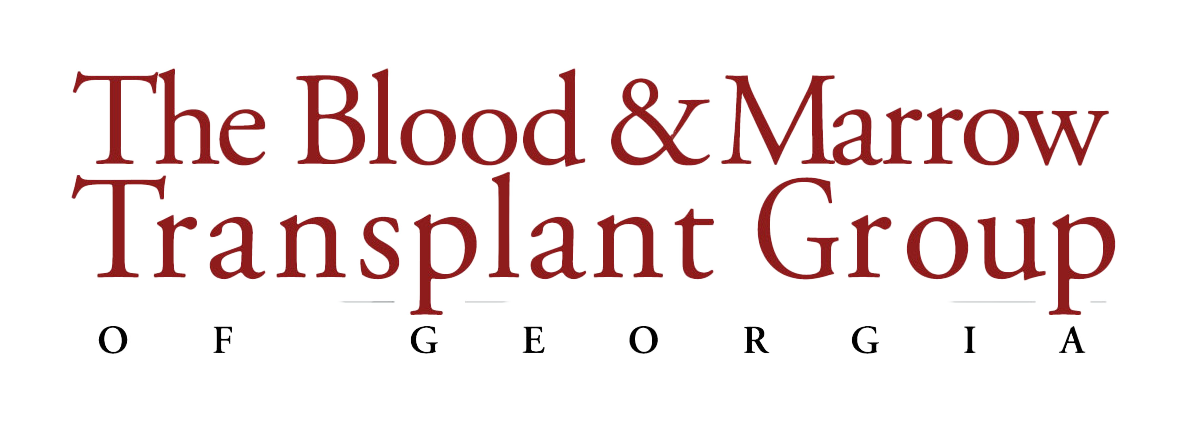Treatment
Where Does My Treatment Start?
Results of the diagnostic tests will be reviewed by your doctor to determine if treatment is indicated at this time. The results of these tests will also determine which induction treatment regimen your doctor will select.
Induction Therapy: The initial treatment is called induction therapy (or first-line therapy). This treatment is commonly a combination of medications that, together, form your treatment regimen.
The goal is to reduce the number of plasma/myeloma cells in the bone marrow and the proteins made by those cells. Induction therapy usually lasts for 2-3 months. If there is a positive response, assessment for a stem cell transplant will be completed. If there is no response (refractory disease), the next treatment will be second-line treatment.
Autologous Stem Cell Transplantation: After induction therapy, the standard of care for eligible multiple myeloma patients is to receive high-dose (HD) chemotherapy followed by an autologous stem cell transplant (ASCT). An ASCT uses your own stem cells, not a donor's. Stem cells are normally found in the bone marrow and can develop into many different types of cells in the body. During the autologous transplant process, your previously collected stem cells are used to repopulate the bone marrow after receiving HD chemotherapy in order to replace damaged or destroyed bone marrow.
A bone marrow transplantation (BMT) doctor can help determine if this is the right treatment path for you. Because there are many factors that determine the best treatment path for each individual, it is important that you have a consult with a BMT doctor, typically after 2-3 cycles of therapy. The BMT doctor will determine if you are eligible for an ASCT, and if you are not eligible, which additional treatment option is best for you.
Patient-specific factors for eligibility:
Age
Overall physical condition, mobility, strength
Other medical conditions (comorbidities)
Organ function (kidney, liver, lung, heart)
Disease-related factors for eligibility:
Your disease stage
The aggressiveness of your myeloma
Your response to therapy
Chromosomal abnormalities (FISH testing)
The goal for an autologous stem cell transplant is to provide a deep response with long-term remission. If you have further questions about what a transplant is and involves, your blood cancer coordinator can assist you.
Maintenance Therapy: Maintenance therapy refers to treatment given to patients after high-dose chemotherapy with autologous stem cell transplant (ASCT) or after induction therapy if not a transplant candidate. This is commonly an oral drug but may include a combination of additional intravenous medications (given directly into the bloodstream through an IV or central line) or PAGE B Side menu Side menu subcutaneous medications (injections given just under the skin in the layer of fatty tissue). If you are not an ASCT candidate, you will remain on continuous maintenance therapy.* The goal of maintenance therapy is to maintain your disease response as long as possible to improve overall survival and quality of life.
Measuring Treatment Response
Your disease response is tracked by measuring the myeloma protein levels in your blood and/or urine, the percentage of plasma cells in your bone marrow, and the presence of bone lesions seen on your scans. Myeloma labs (see below) should be drawn after each cycle (round) of treatment. A bone marrow biopsy and imaging will typically be performed 4-6 months after you start induction therapy.
*A complete response (CR) is defined as normal results on your bone marrow and myeloma protein levels with no new bone lesions.
Understanding Labs & Genomic Testing
CBC (complete blood count)
WBC (white blood cells): (neutrophils) fight infection; low counts indicate a weaker immune system.
RBC (red blood cells): (hemoglobin & hematocrit) carries oxygen throughout the blood. Low counts indicate anemia, which can cause fatigue.
Platelets: low counts can increase the risk of bleeding and result in a longer clotting time.
CMP (comprehensive metabolic panel)
Albumin: transporter protein - measure of overall health and nutrition.
Calcium: high levels indicate bone damage. Calcium leaks out of bone marrow into the blood.
Creatinine & BUN (blood urea nitrogen): waste products filtered through kidneys. High levels can signify kidney damage.
LDH (lactate dehydrogenase): an enzyme found in all cells. High levels can indicate tissue injury, disease, infection, or rapidly diving cells (cancerous cells).
B2M (beta 2-microglobulin): protein found on myeloma cells.
Electrophoresis:
SPEP (serum protein electrophoresis): uses electrical charge to separate proteins in a blood sample. Can show the level of M protein (M spike).
Immunofixation electrophoresis: identifies the type of antibodies present in blood.
UPEP (urine protein electrophoresis): shows levels of proteins (M and light chains) in urine.
Immunoglobulins: antibodies, proteins produced by plasma cells, that help your body recognize bacteria, viruses, etc.
Serum Free Light Chain Assay: (kappa or lambda) myeloma cells produce mostly one type of light chain, so the assay compares levels of both types.
Cytogenetics: testing for any broken, missing, or rearranged chromosomes (pieces of DNA) in the bone marrow, blood, or tissue.
FISH (fluorescence in situ hybridization) Testing: testing for changes in chromosomes, which contain the genetic information in your cells.
Genomic (DNA) Sequencing: testing for any DNA changes (mutations) that are present in cancer cells.
